Ham Long Pagoda - Ancient temple on Lam Son mountain range
(BNP) - Ham Long Pagoda (or Long Ham) in Thai Bao area, Nam Son ward, Bac Ninh city, was built during Ly Dynasty (about the 12th century). According to folk eyes, the pagoda is located in the dragon jaw position. This is a large Buddhist center.

The gate of Ham Long pagoda.


Quan Am multi-storied house was built with 3 majestic floors.
Covering on an area of more than 9,000m2, the pagoda has a beautiful landscape location (known as an ancient temple with a long history). The architectural works are designed and decorated according to traditional style, exquisite carvings, art. Today, Ham Long Pagoda is the center of spiritual activities of local people and around the region, a place of worshiping the Buddhadharma.

Ancient bronze bells of the Nguyen Dynasty are kept in the Quan Am multi-storied house.

Thuy Dinh is located in front of Quan Am multi-storied house.

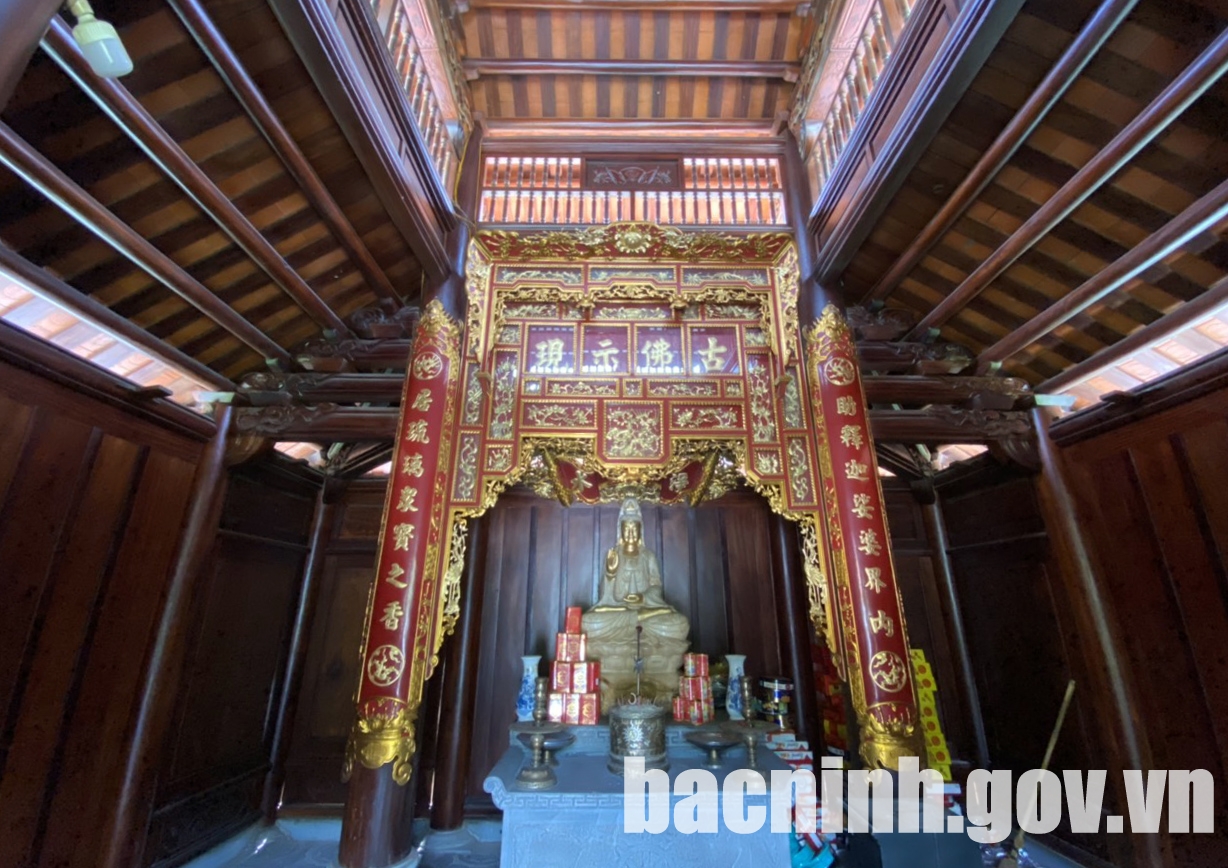
The pagoda has a large scale including works: Tam Quan (three gates), Tam Bao (three treasures), Ancestral house, Mother house, Guest house, Sangha house and auxiliary works. Tam Bao pagoda is made of ironwood with an architecture of Chinese “Dinh” letter.
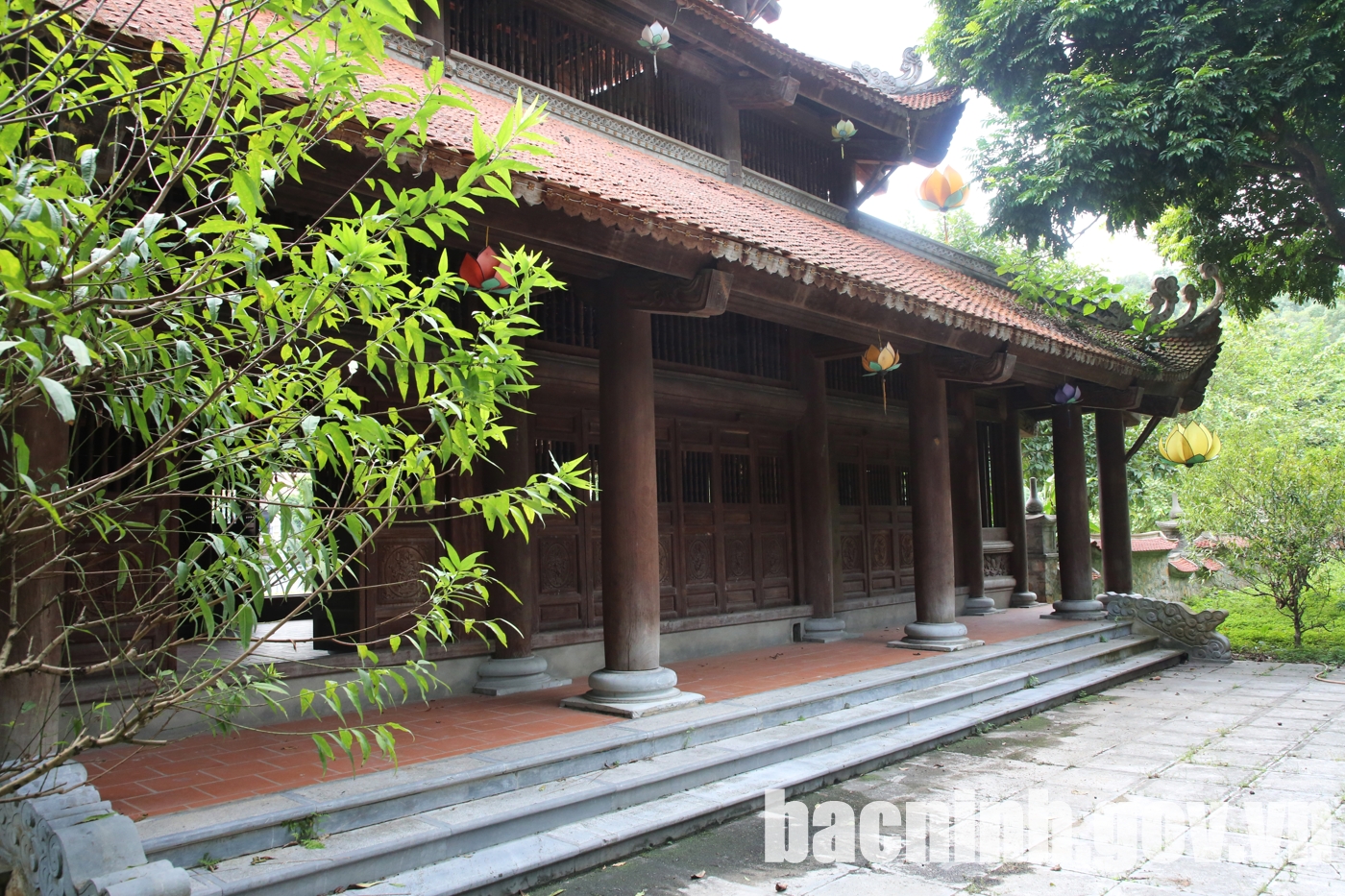
Behind the Quan Am multi-storied house


A corner of Quan Am multi-storied house.
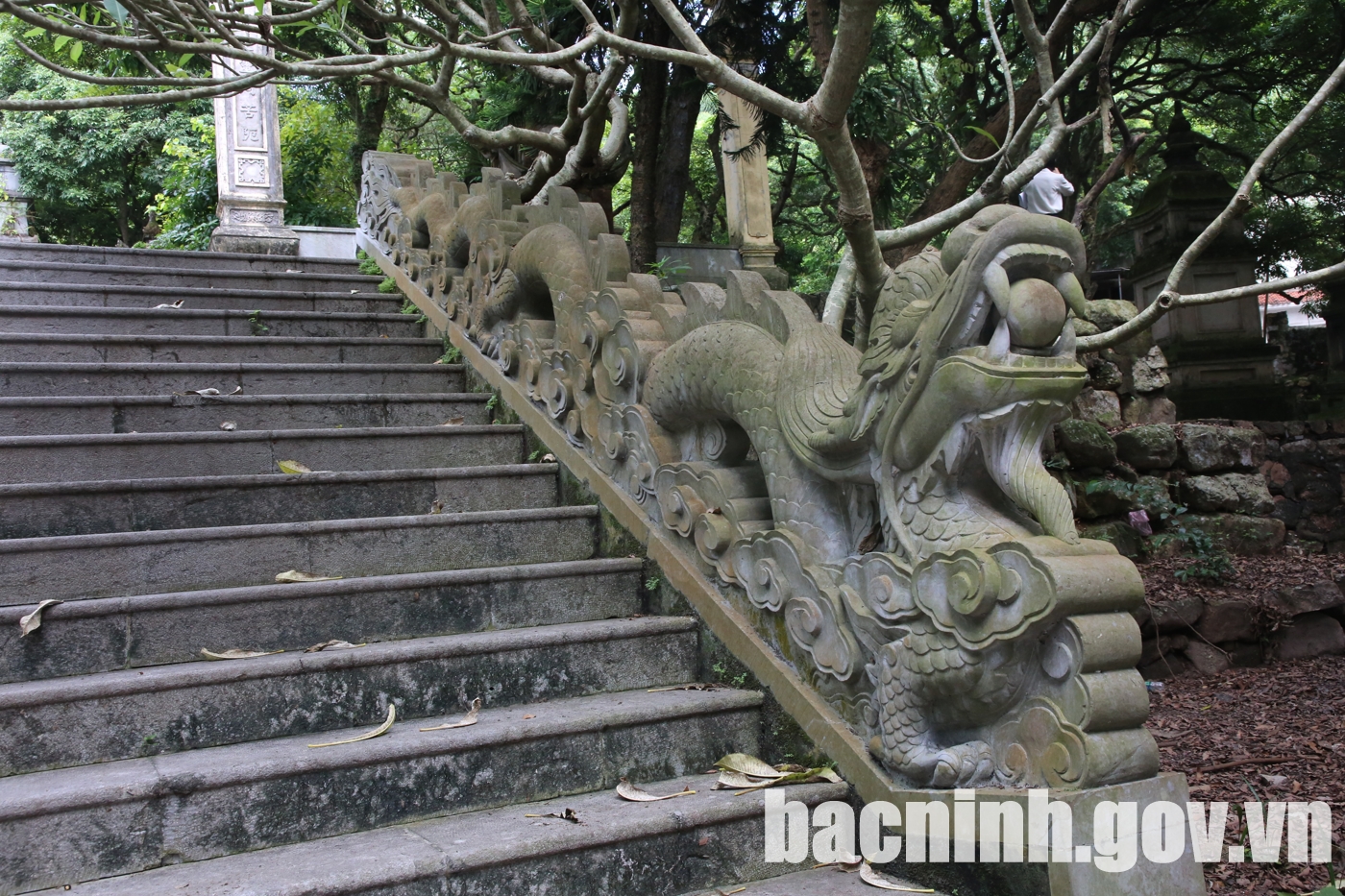
Dragon stone on both sides of the entrance to the ancient tomb tower.



The system of 14 ancient tomb towers in front of the pagoda yard.
The pagoda worships 7 Patriarchs, Mother, Mr. Do Trong Vy, who was famous for being an intelligent man and later became an industrious mandarin, teacher, and cultural scholar, especially he was the one who had merit in building Bac Ninh Temple of Literature. After his old age, he returned to Ham Long pagoda to meditate. After his death he was worshiped here.
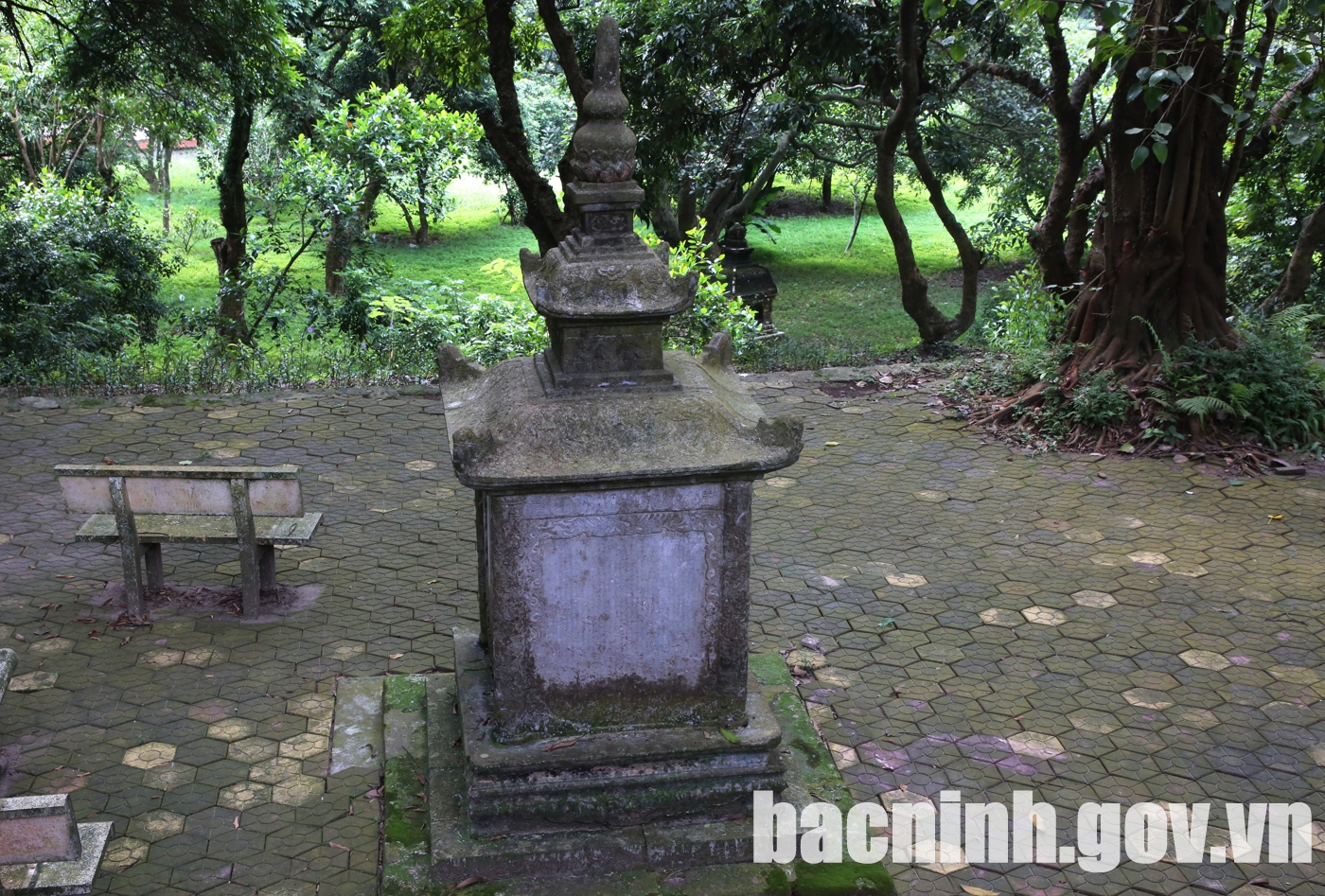
The ancient stele " Trùng tu Long Hạm tự " was carved in 1830.

Tam Quan gate.

The Ancestral House.

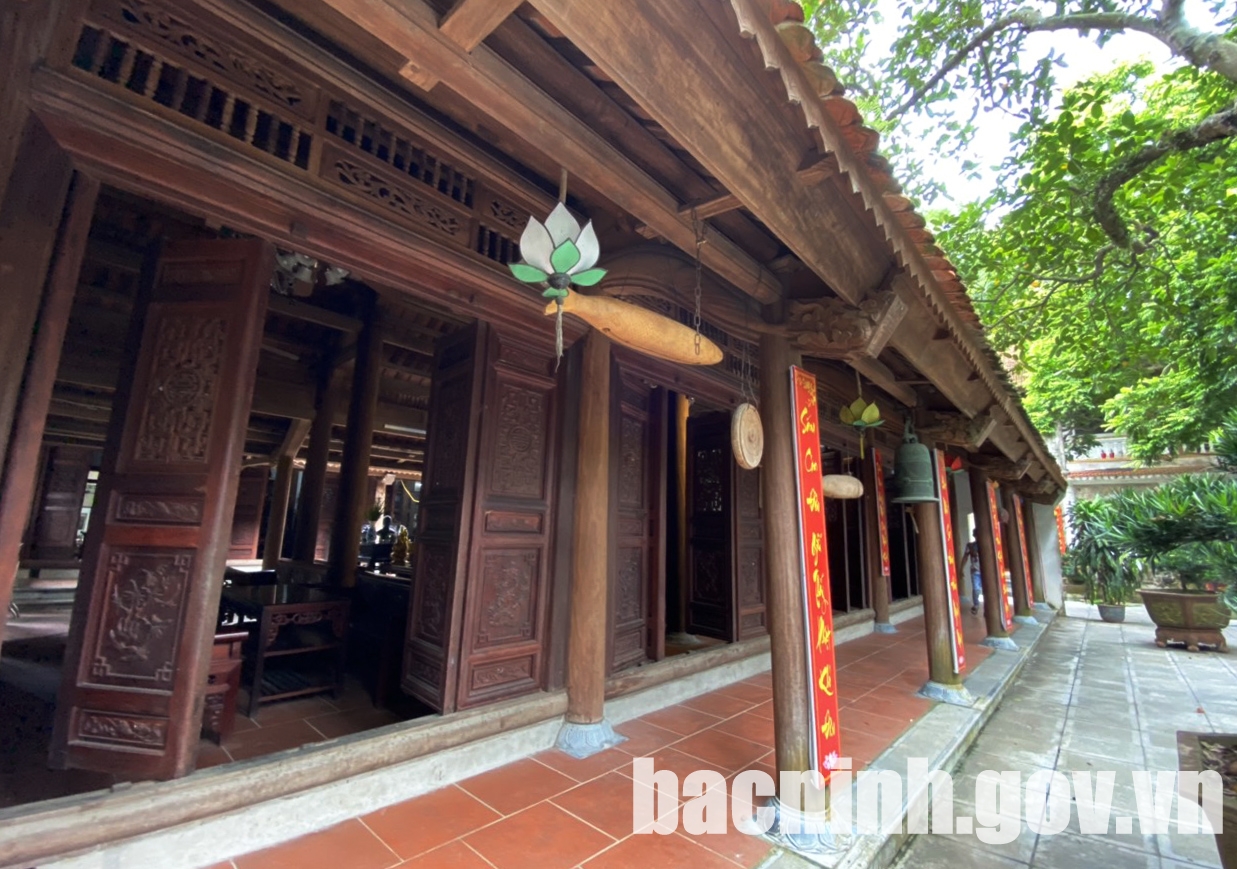
Guest House, Sangha House.

Inside the Tam Bao building.

The system of Buddha statues is cast in bronze as big as real people.

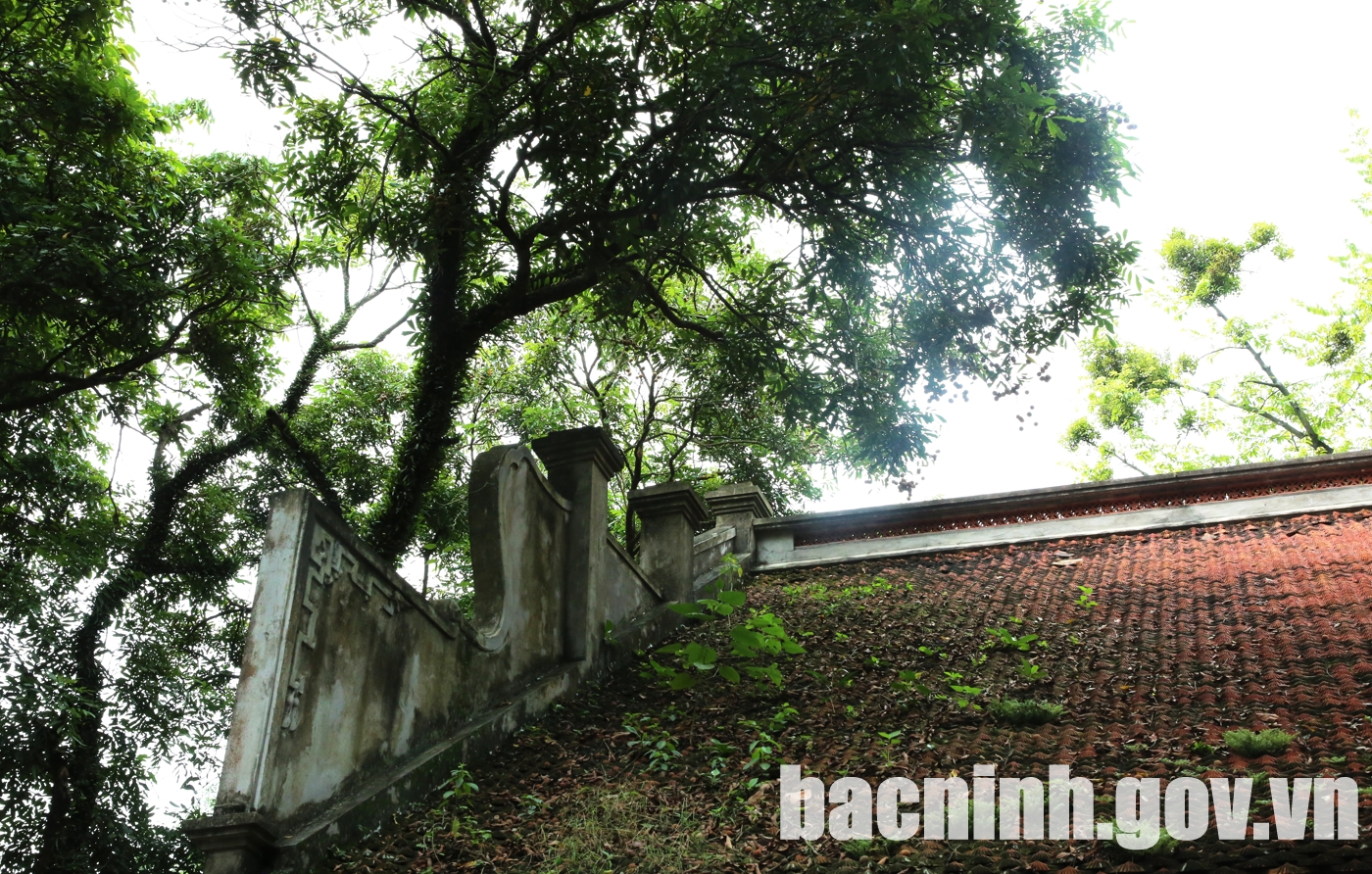

The pagoda’s roof system.


Resting space in the temple grounds.


The pagoda has a festival on the 14th day of the second lunar month. The pagoda was ranked a historical and cultural relic by the Ministry of Culture and Information in Decision No. 28-VH/QD, dated January 18, 1988.






